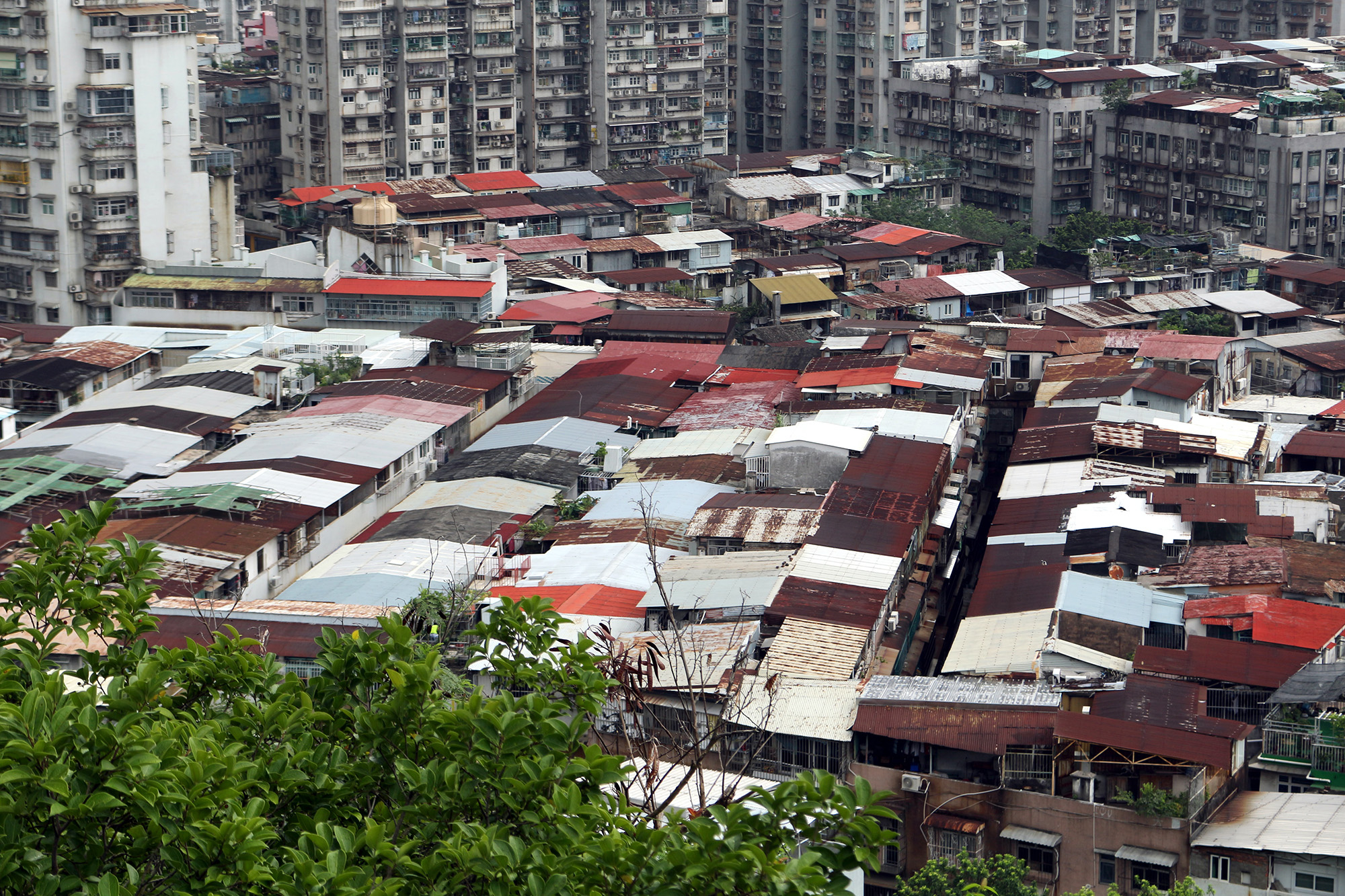Publications
Brazil Low-carbon - Country Case Study
Publication Year: 2010 Publisher: The World Bank
Biodiversity and ecosystems
Related Goals

Climate Action and Synergies
Related Goals

Desertification, land degradation and drought
Related Goals

Indicators
Related Goals

Poverty eradication
Related Goals

Sustainable cities and human settlements
Related Goals

Sustainable transport
Related Goals

Water and Sanitation
Related Goals
Background
In order to mitigate the impacts of climate change, the world must drastically reduce global GHG emissions in the coming decades. According to the IPCC, to prevent the global mean temperature from rising over 3oC, atmospheric GHG concentrations must be stabilized at 550 ppm. By 2030, this will require countries to reduce annual global emissions from 60 GtCO2e to less than 30 GtCO2e. At the same time, industrialized countries’ emissions are expected to stabilize around 22 GtCO2e per year, with the rest of the world responsible for the remaining 38 GtCO2e. Therefore, it is clear that developed countries alone cannot sufficiently reduce their emissions to stabilize global GHG concentrations. It will be necessary for emerging economies to shift toward a low carbon development path in to reduce global GHG concentrations on the required scale.





